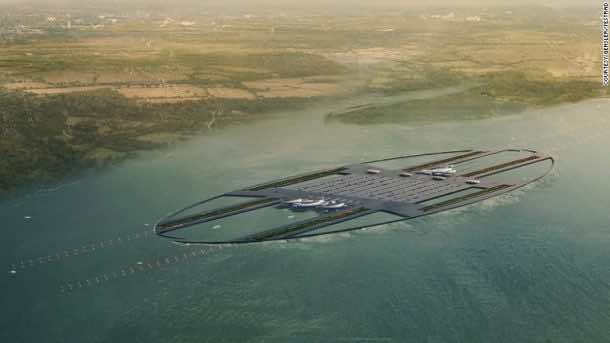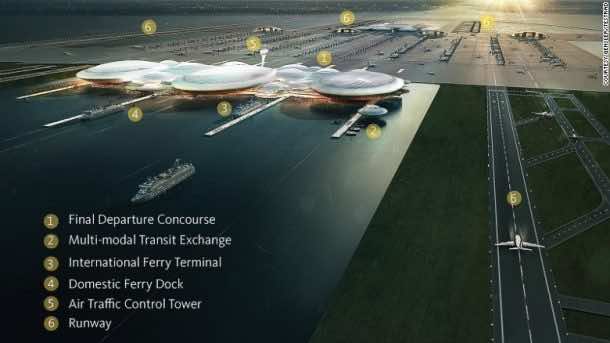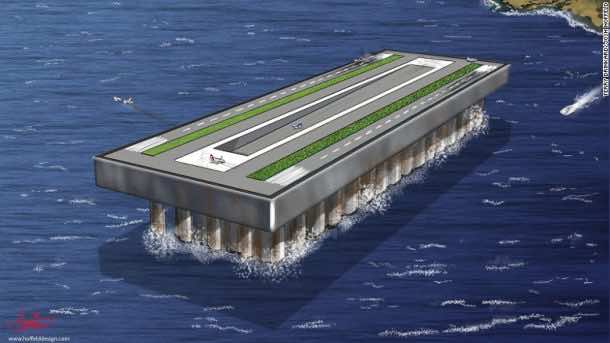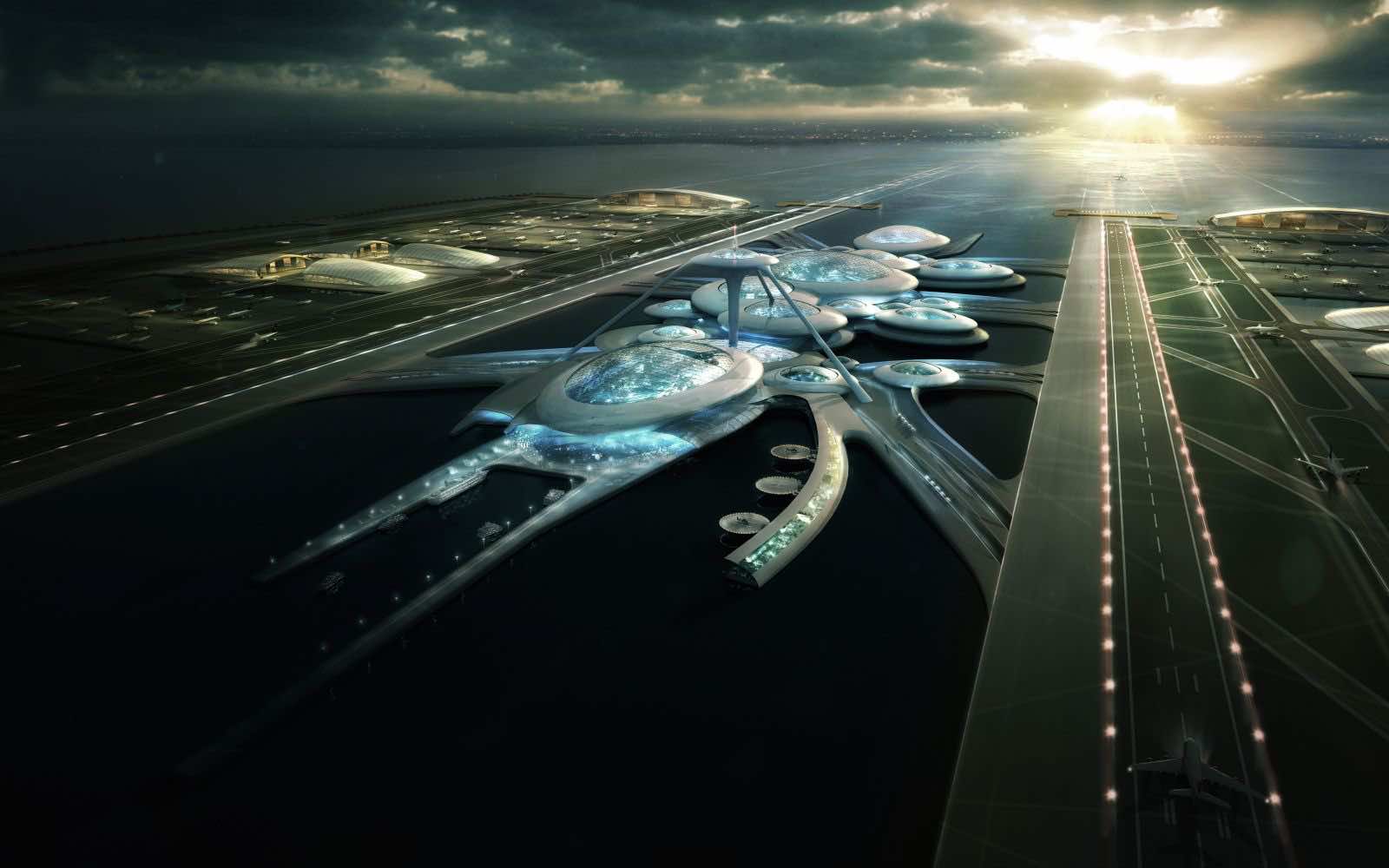The concept of floating runways for Air Force flights is not new. Yes, we are talking about the Aircraft Carriers serving military purposes. What about a Floating Airport for commercial aviation? Flights that transport passengers or cargo? Interesting, right?
It takes a lot of space to build an airport. However, for the places like islands and large metropolitan cities that require air connections more than anything, these space issues are extremely hard rather impossible to solve. In search of solutions, some visionaries have taken a completely different approach. What if we could make a runway float over the virtually limitless flat surface of the sea?

During World War II, the British considered the novel approach of building runways on icebergs to provide cover for the vital Atlantic convoys. Although Project Habakkuk was never turned into reality, the concept behind floating airport lived on.
In 1995, the Japanese Technological Research Association of Mega-Float, with the support of the government, aimed to design and test a floating airport concept that, if successful, could be installed in Tokyo Bay. It is possibly the most ambitious attempt of its kind to date. A model with a 1,000-meter-long runway was built, and tests proved that the Mega Float was suitable for aircraft operations. However, the project could not go any further, and the structure was dismantled.

As discussed at the beginning, aircraft carriers have floating runways, but they’re also warships that need to be operational all the time and move with greater speed. Their decks are too small to deal with a commercial flight, and even the largest of the carriers cannot withstand the necessities of modern jet airliners.
But let us try to modify these Aircraft Carriers. First, let us remove all its engines and lower decks to fix it at a decided location. Second, let us resize it, making it long enough and wide enough for a medium-sized airliner to land on it. What would be the result?
What you will get is a large floating structure that’s neither a ship nor an island. It’s a floating airport!
Floating airport concept was revised and proposed by Terry Drinkard, an American aeronautical engineer who has conducted extensive research in this field. He used the methodology from the oil industry integrating technologies and materials that have already been tested in the construction of deepwater oil rigs. Drinkard’s vision is for a full-fledged offshore “Aerotropolis,” a floating structure that can handle medium-sized airliners.

Advantages of Floating Airport
- Floating Airport would host a whole range of economic and research activities, from experimentation with renewable energy technology to aquaculture and yachting.
- It would be self-sufficient in terms of energy requirements as we will be able to derive power from wave energy, the sun, or through ocean thermal energy conversion (electricity produced by utilizing the temperature differences between depths of water) in these floating airports.
- It would be a base for oceanographic research and aquaculture.
- Multipurpose: Acting as a port and recreational marina, while its potential offshore status could attract a host of other economic activities.

For feasibility, the transformation of floating airport from a concept to reality is not a matter of technology, but a matter of economics. Whenever there is a pressing need for any facility and strong desire to make money, almost any issue or hindrance can be overcome. Oil industries and oil rigs are already defying the odd elements in some of the world’s harshest environments. Someday, floating airports might have the same story!
You can share your views in the comments’ section below!


